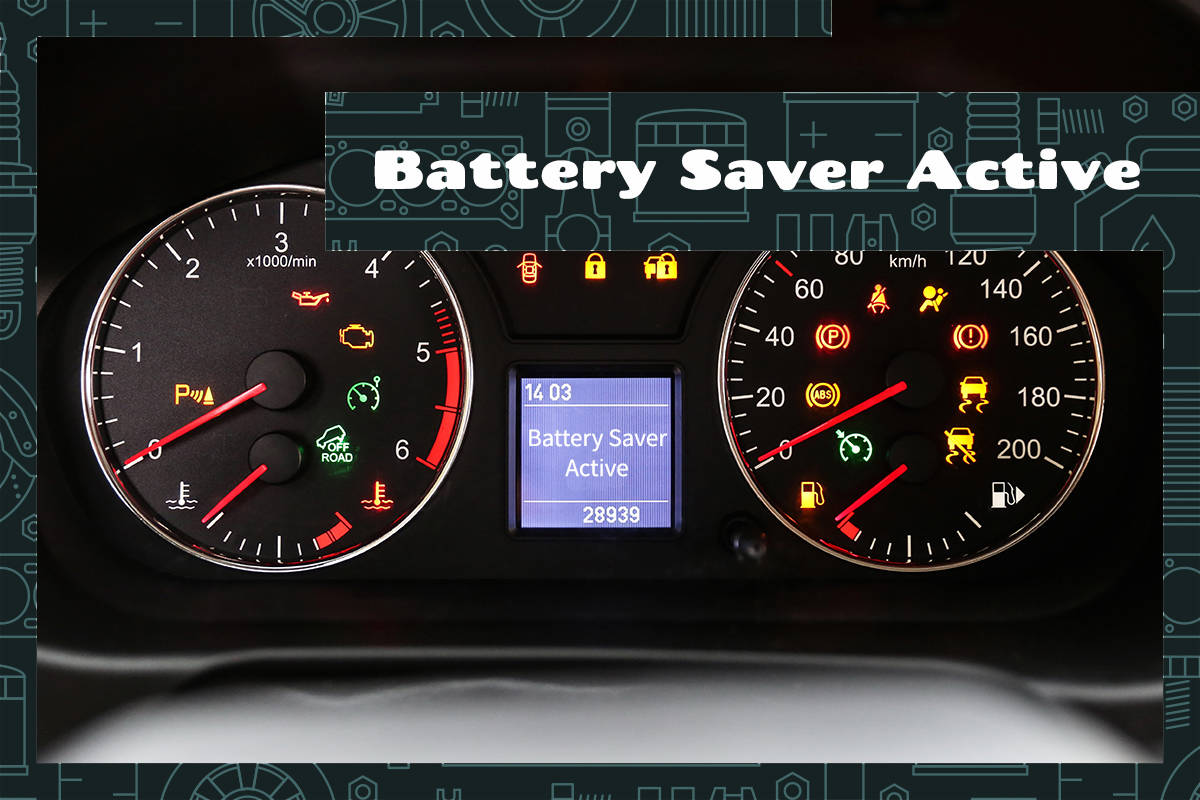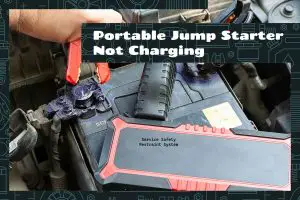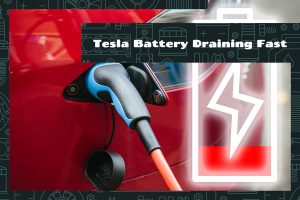You’ll find cars of today complete with a wide array of electronic features and systems. These things, which make driving a lot more convenient, rely on your car’s battery for power. however, with great power comes great responsibility, so if anything goes awry with your battery, you may find yourself stranded.
The ‘Battery Saver Active’ alert signals that your vehicle has detected an excessive battery drain and has automatically reduced some electrical loads to save energy. Upon seeing this alert, you should reduce any unnecessary electrical usage and inspect your battery for condition problems.
This guide will take you through the Battery Saver Active alert, from describing its triggers to what steps you need to take upon seeing this message on your car’s display.
A Breakdown of the ‘Battery Saver’ Alert
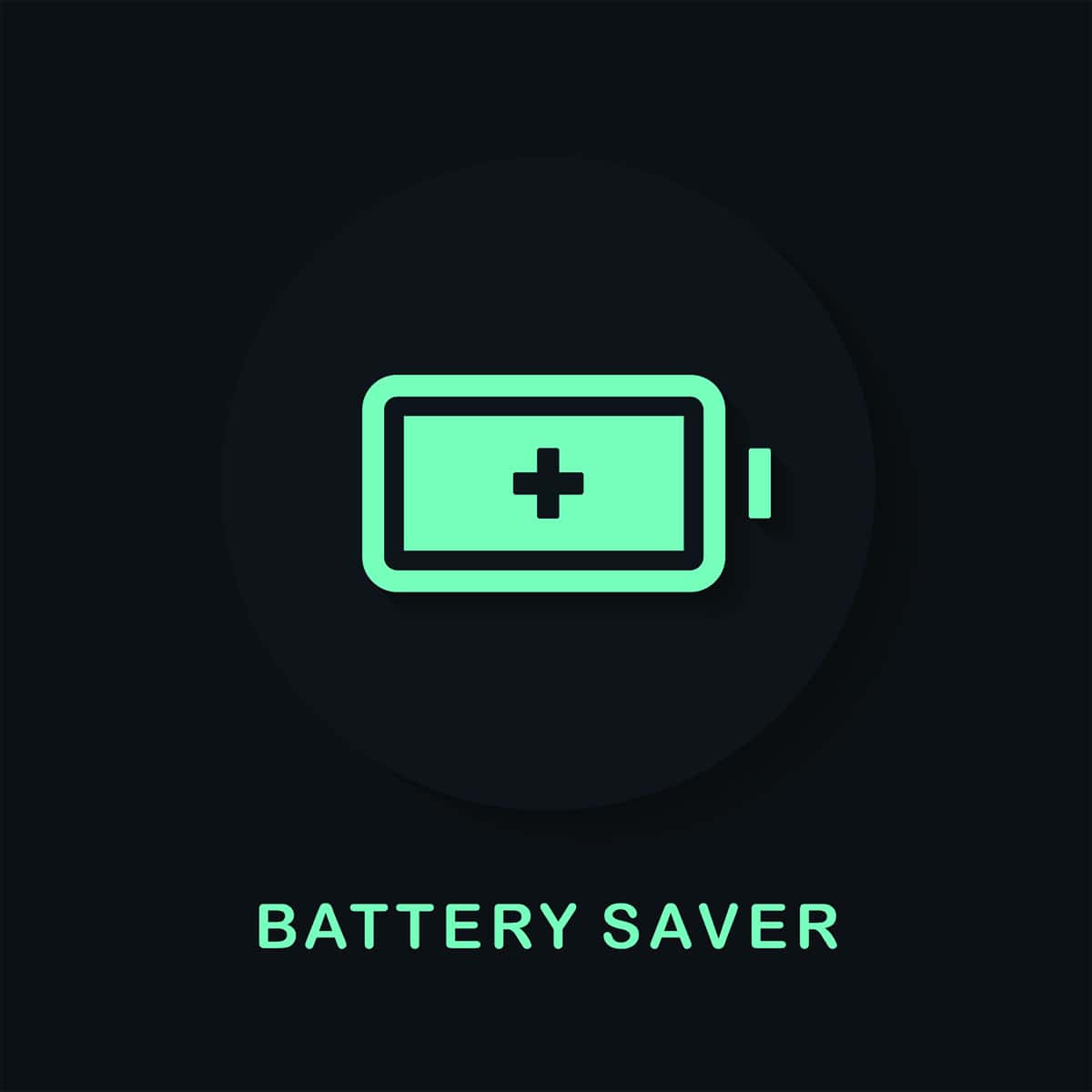
The ‘Battery Saver’ alert is a modern vehicle’s way of communicating that it’s taking measures to preserve its battery life. Just as our smartphones might dim their screens to save on battery, cars have a similar protocol to ensure they don’t run out of juice. This alert pops up on your vehicle’s dashboard or infotainment screen to offer a heads-up that the car has detected an issue that could deplete the battery faster than usual.
When the ‘Battery Saver’ mode kicks in, your car takes proactive steps to reduce electrical consumption. Here’s what it does:
- Dimming Dashboard Lights: To save energy, the brightness of your dashboard might be reduced.
- Limiting Infotainment Features: Features like touchscreens or audio systems might operate with limited functionality or shut down.
- Reducing Air Conditioning Output: The AC system might run at a reduced capacity, consuming less power.
Main Causes of Battery Drain in Cars
The battery is the heartbeat of modern vehicles, supplying the energy to start your car and fuel all of its electrical systems. If you notice the battery is draining faster than usual, you need to pinpoint its underlying cause in order to take the correct course of action.
1. Extended Use of Electronics When the Engine is Off
It’s not uncommon for people to listen to music or use the car’s infotainment system when the engine is off. However, this behavior draws power directly from the battery. Without the engine running, the alternator isn’t recharging the battery, leading to a net loss of battery power. This can result in a significant battery drain.
2. Faulty Alternator
The alternator’s role is to keep the battery charged while you drive. If the alternator has issues, it can’t replenish the battery’s energy. Symptoms of a malfunctioning alternator include dimming lights while driving or the ‘Battery Saver’ alert frequently appearing, even if you haven’t used any electronic systems extensively.
3. Outdated or Damaged Battery
Batteries aren’t designed to last forever. On average, a car battery’s life expectancy is about 3-5 years. Wear and tear, coupled with the natural aging process, reduce its efficiency. If your car struggles to start, or the battery consistently loses charge quickly, it might be time to consider a replacement.
4. Short, Frequent Drives
Your battery expends a lot of energy to start the car. After the engine is running, the alternator recharges the battery. However, if you’re only taking short drives, the battery doesn’t get enough time to recharge fully. This pattern can lead to a constantly undercharged battery, reducing its overall lifespan.
5. External Lights Left On
A common oversight many car owners make is leaving external lights, like headlights or dome lights, on overnight. These lights draw power from the battery, and without the alternator running to offset this drain, the battery can get depleted.
6. Malfunctioning Charging System
Modern cars have sophisticated charging systems that monitor and manage battery charging. If there’s a malfunction in this system, it might either undercharge or overcharge the battery. Both scenarios can harm the battery’s health and lead to faster drainage.
7. Parasitic Drain
Parasitic drain occurs when electronic or electrical components continue to consume battery power even after the car is turned off. This might be due to faulty wiring, malfunctioning sensors, or issues with onboard computers. Detecting parasitic drain requires specific tools and expertise.
Immediate Actions to Take
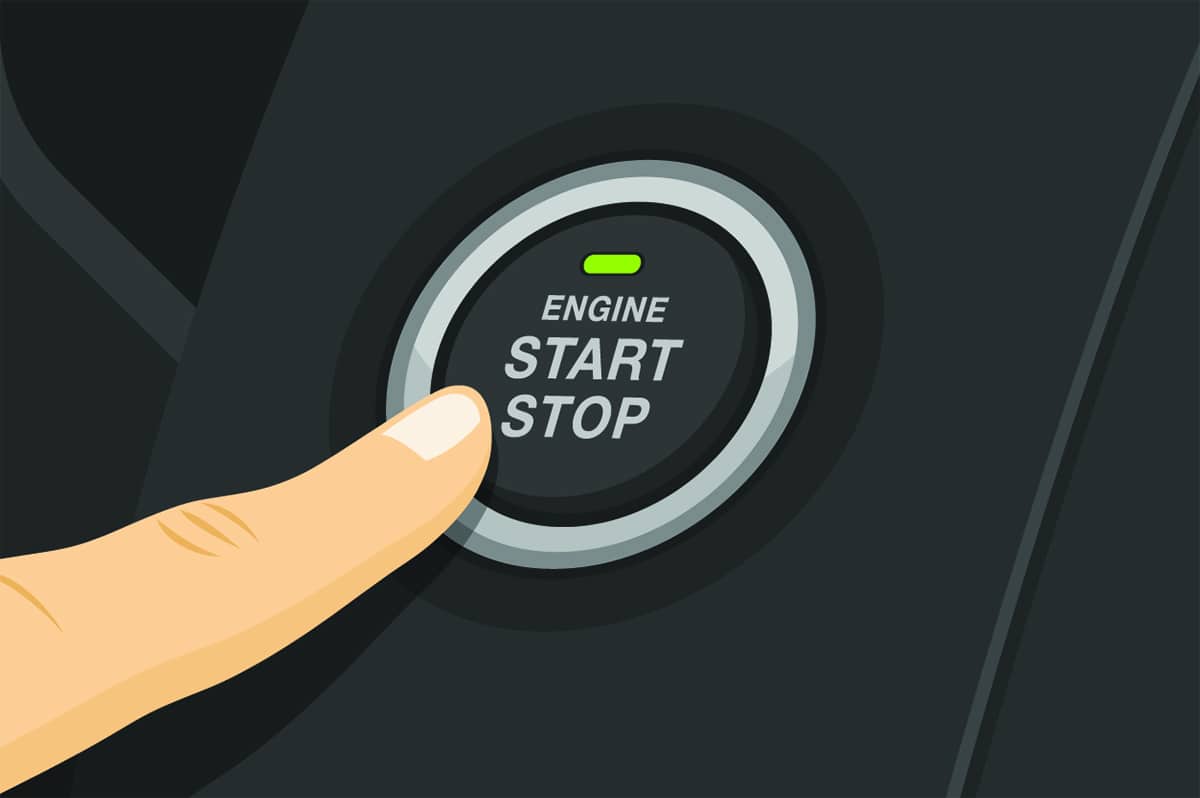
If you suspect that your car’s battery is being drained or if you notice the ‘Battery Saver’ alert, here are some immediate actions you can consider.
1. Reduce Non-Essential Electrical Usage
The more electrical components you have running, the faster your battery will drain. If you’re facing potential battery issues, consider turning off systems that aren’t necessary for driving. This includes the radio, interior lights, air conditioner, and heated seats.
2. Check External Lights
Quickly check to ensure that headlights, tail lights, and even cabin lights are turned off, especially when parking overnight or for extended periods.
3. Start the Engine Regularly on Long Stops
If you’re on a road trip and make frequent stops, ensure that you start the engine periodically. This allows the alternator to recharge the battery. If you’re waiting in your car for an extended duration, consider running the engine for a few minutes every half hour.
4. Look for Visible Signs of Battery Damage
While not a fix, checking the battery for visible signs of damage can give you insights into the nature of the problem. Look for corroded terminals, a bloated battery case, or any visible leaks. If you notice any of these signs, avoid trying to jump-start the battery and seek professional assistance.
5. Consider Using a Portable Jump Starter
These devices can provide the necessary boost to start your car when the battery is weak. If you have one, refer to its manual for correct usage. If not, it might be worth investing in one for future emergencies.
6. Seek Nearby Assistance
They might be able to test your battery, alternator, and charging system. In remote areas, try to get to a populated location or call for roadside assistance if you have that service.
7. Avoid Long Idling
Idling can still consume battery power, especially if you’re running various systems. Instead, consider turning off the engine and restarting it when necessary.
8. Monitor Dashboard Indicators
Apart from the ‘Battery Saver’ alert, keep an eye on the battery light indicator. If it stays illuminated while driving, it indicates a potential issue with the battery or charging system.
Battery Saver Mode vs. Traditional Battery Systems
Battery Saver Mode is an advanced feature in many modern cars designed to conserve battery life. When the vehicle detects that the battery is reaching a critically low level, it will automatically shut down non-essential electrical systems. This ensures that the battery retains enough power for primary functions, such as starting the engine, the next time you use the car.
Purpose and Functionality
While both the Battery Saver Mode and traditional battery systems aim to provide power to the vehicle, their approach is different. Traditional battery systems rely on the driver to manage the battery’s health, while Battery Saver Mode takes a proactive approach. It automatically manages power distribution based on the battery’s condition, reducing the chances of unexpected battery drain.
Reliability in Emergency Situations
Imagine being in a situation where you’re using your car’s lights or radio for an extended period without the engine running. With a traditional battery system, you run the risk of draining the battery to a point where the car won’t start. Battery Saver Mode offers a safety net in such scenarios, shutting down non-essentials before the battery is too drained to start the car.
